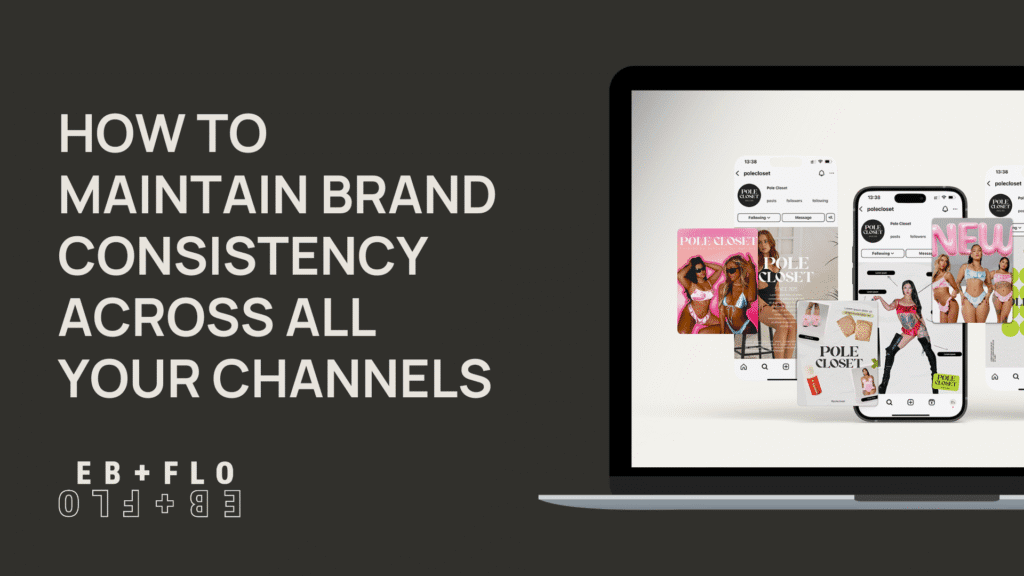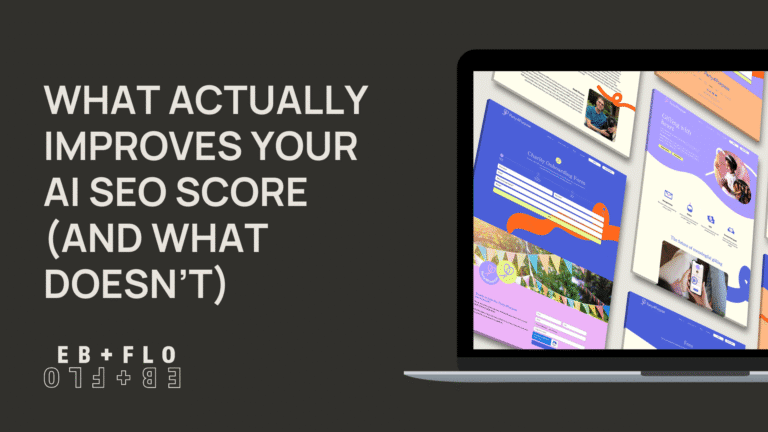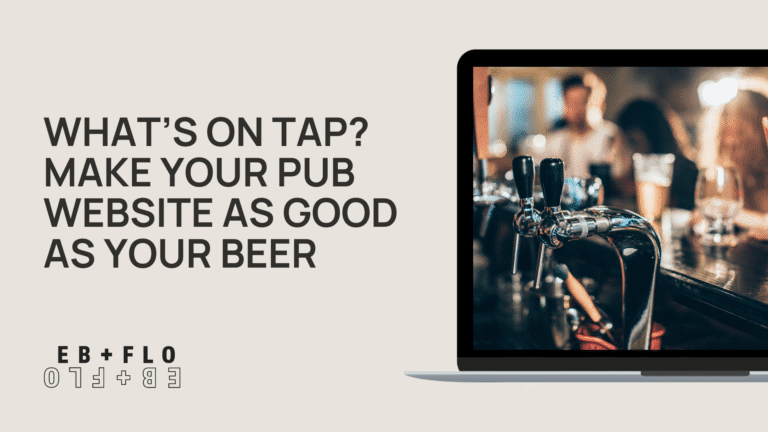You’ve got a brilliant brand – logo, colours, cheeky tagline and all. But, if those elements appear differently on your website, socials, emails or printed materials, the experience feels disconnected. Small inconsistencies can create and experience that leave potential customers feeling confused. Are they dealing with the same business? Can they trust a brand that can’t even keep its own story straight?
Brand consistency isn’t just about looking pretty (though that helps). It’s about creating a cohesive experience that builds trust, recognition, and ultimately, customer loyalty. When your brand shows up differently across platforms, you’re essentially asking your audience to get to know multiple versions of you. And frankly, they haven’t got time for that.
Why Consistency Matters
Trust is everything. When your brand looks, sounds, and feels the same everywhere, customers know what to expect. They begin to trust that the quality they experienced on your Instagram will translate to your website, your emails, and your actual service. Inconsistency, on the other hand, creates doubt. If you can’t maintain a consistent brand image, how can customers trust you to consistently deliver on your promises?
Recognition builds relationships. Think about brands you instantly recognise—chances are, their consistency played a huge role in that. When someone sees your distinctive colour palette or reads your unique tone of voice, you want them to immediately think, “Ah, that’s [your brand name].” This instant recognition is marketing gold, and it only happens through consistent reinforcement of your brand elements.
Professional credibility matters. A consistent brand signals that you’re serious about your business. It shows attention to detail, strategic thinking, and professionalism – all qualities customers want to see in the businesses they choose to support.
Your Brand’s Core Elements: The Non-Negotiables
These are your brand’s core elements. They are the foundation that should remain steady across every platform, channel, and touchpoint.
Logo & Variations
Your logo is often the first thing people recognise, so it needs to be consistent everywhere. Document the main logo, any approved secondary versions (such as a simplified icon or a horizontal layout), and clear rules for placement, sizing and spacing.
Colour Palette
Define a primary and secondary colour palette with exact hex, RGB and Pantone codes. This ensures your signature blue doesn’t appear as ten different shades depending on who’s designing the next social post.
Typography
List the fonts you’ve chosen for headings, subheadings and body copy, along with acceptable weights and sizes. Explain how and where each should be used—for example, a bold sans-serif for headlines and a clean serif for long-form text.
Tone of Voice
Your writing style is as distinctive as your visuals. Clarify whether your brand voice is friendly and conversational, formal and authoritative, or somewhere in between. Offer examples of preferred vocabulary, grammar style, and the level of humour or personality that fits.
Practical Tips & Tools for Staying Consistent
1. Create comprehensive brand guidelines
This isn’t just for massive corporations. Every business benefits from having their brand standards documented. Include everything from logo usage rules to approved colour codes to examples of your tone of voice in action. When everyone knows exactly how the brand should be represented, consistency becomes much easier. Platforms like Canva Pro allow you to upload your brand colours and fonts making it easy for the team to stay consistent.
2. Develop templates and systems
Create social media templates that incorporate your brand colours and fonts. Develop email newsletter templates that reflect your visual identity. Build website page templates that maintain your brand’s look and feel. The more you can systematise your brand presentation, the less room there is for inconsistency to creep in.
3. Regular brand audits
Schedule quarterly reviews of your brand presence across all channels. Look at your website, social media accounts, email campaigns, and any printed materials with fresh eyes. Are they all telling the same brand story? If something feels off, address it before it becomes a bigger inconsistency issue.
4. Asset libraries keep everyone on the same page.
Store your approved logos, colour codes, fonts, and image styles in a shared location where anyone creating content can access them. This prevents the classic “I couldn’t find the right logo so I recreated it” scenario that leads to brand inconsistencies.
Consistency Doesn’t Mean Boring
Keeping your brand consistent doesn’t mean that every piece of content needs to look identical. Your Instagram posts can have seasonal variations or campaign-specific elements while still maintaining your core visual identity. The key is ensuring that all variations clearly belong to the same brand family.
Brand consistency is about making your identity clear and trustworthy. Whether you’re a solo entrepreneur or a growing studio, a defined set of brand rules keeps every channel aligned and your audience confident in what you offer.
Need help pulling it all together? Eb + Flo Digital can create brand guidelines and systems that keep your visuals and messaging consistent everywhere. Get in touch to start building a stronger, more cohesive brand presence.




